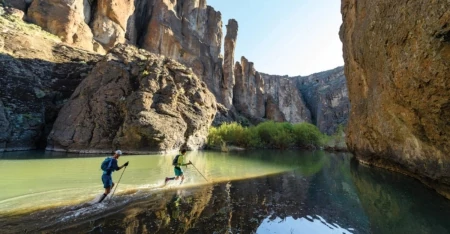The Last Darkness: Running 170 miles through the Owyhee Canyonlands
I couldn’t feel my feet. We had crossed the frigid river too many times to count, and locating a passable route along the narrow canyon floor required scrambling, crashing through willows and crisscrossing the river over and over again. We’d covered a mere six miles in three hours, and I began to think we’d bitten off more than we could chew. But then again, adventure has always run deep in the Owyhee. For, in just 10 years, the Owyhee is expected to be one of only three remaining vantage points in the Lower 48 with a clear view of the Milky Way. It is the last darkness.
The plan seemed simple: Run the last 170 miles of the new Oregon Desert Trail (ODT) in a four-day span. I set out with ultrarunner Jesse Haynes, photographers Fred Marmsater and Jonathan Byers and Trailhead Labs’ Jereme Monteau on logistics—all ultrarunners, all up for a grand adventure. The ODT is an 800-mile set of waypoints through Eastern Oregon’s high desert—currently just a concept. And although 170 miles is meager in ultrarunning terms, the deep volcanic canyon, flowing rivers and highly technical terrain provided a whole new dimension to the term ultrarunning.
The Owyhee Canyonlands is a colossal 2.5-million-acre area in the southeast corner of Oregon. It holds one of America’s largest herds of California bighorn sheep, the imperiled greater sage-grouse, over two dozen exclusive plant species and more than 500 known archeological sites, including Native American petroglyphs and 19th century trails. Designated a National Wild and Scenic River, most of the Owyhee remains unprotected—a fact the Oregon Natural Desert Association hopes to change. And the very reason I returned to the Owyhee.
This was going to be fun, and hard.
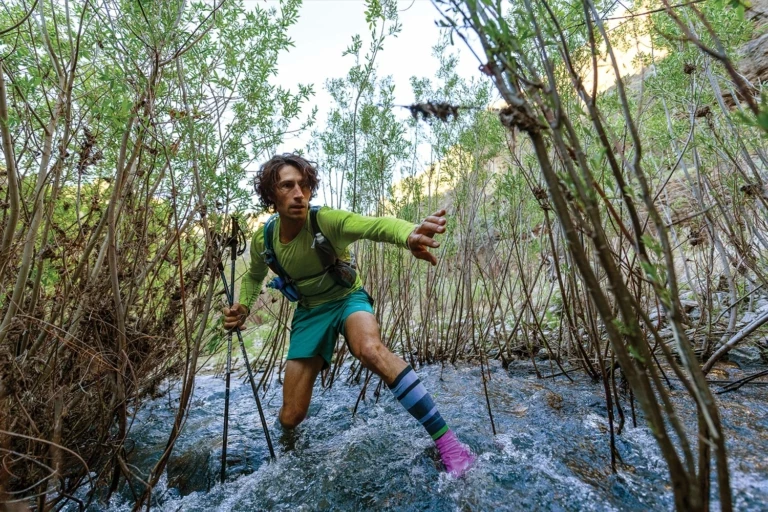
We’d grown used to the incessant willow bashing, and what we saw around the river bend stopped us in our tracks. Here, Jesse hits repeat early on Day 1 in the Little Owyhee River. Photo: Fredrik Marmsater
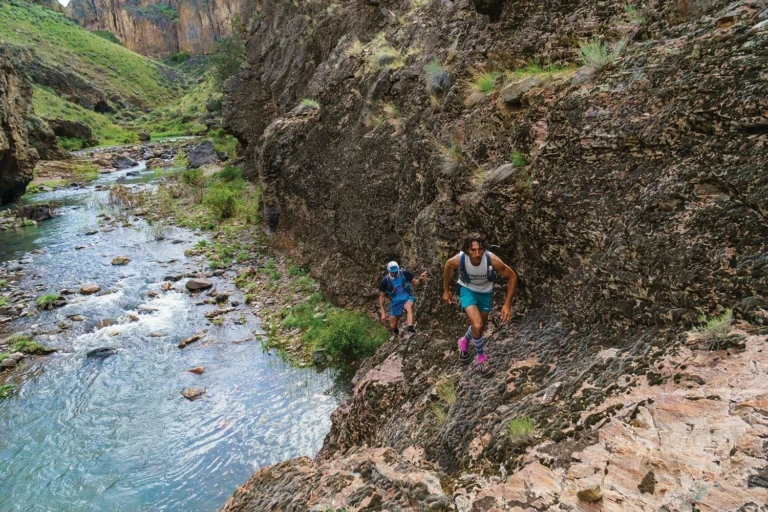
After passing Toppin Canyon, we danced through grass-strewn rock fields the last few miles down the river. Photo: Fredrik Marmsater
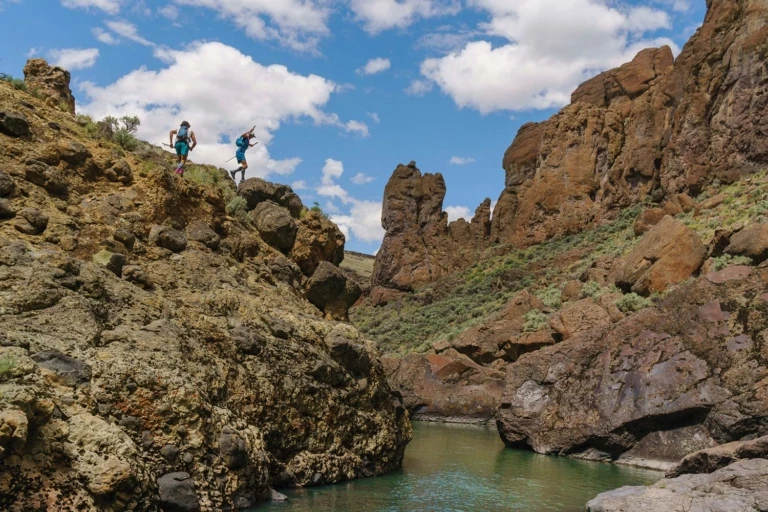
The ODT route crisscrosses the river repeatedly through the narrowing canyons. We reveled in the expansive views of the three zigzagging gorges that make up the North, Middle and South Forks of the Owyhee. I sang “All Time Low” by Widespread Panic. Little did we know, we were just about there. Photo: Fredrik Marmsater
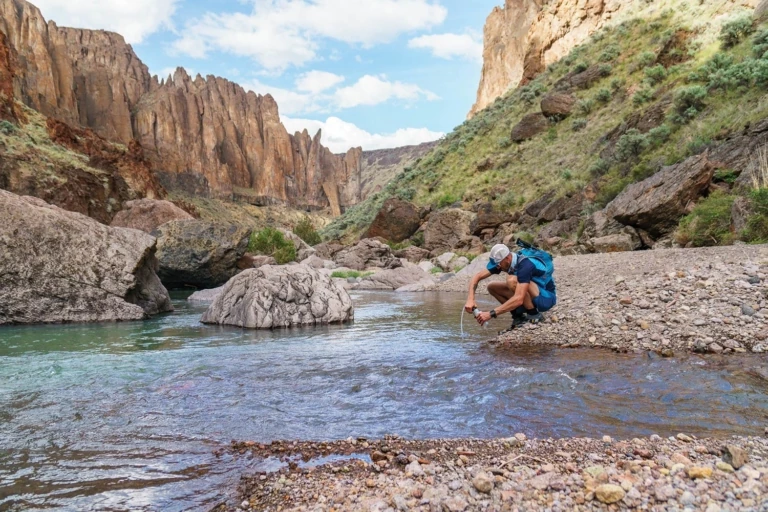
Another stop to refresh before Jesse and I took off cross-country on the ODT for zigzags, forks and the works. Photo: Fredrik Marmsater
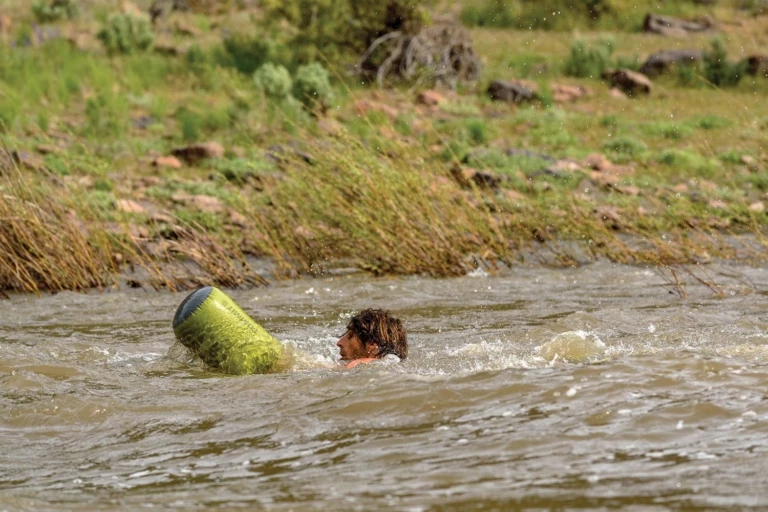
After a fat-fueled breakfast on Day 2, we set our sights on crossing the Main Owyhee. Jesse followed me with a death-defying swim of his own, though it was admittedly more graceful. Recent snow and rain had ensured the water was flowing at a furious 2,000 cfs (summer low is 200 cfs). Yes, it was fun. Photo: Fredrik Marmsater
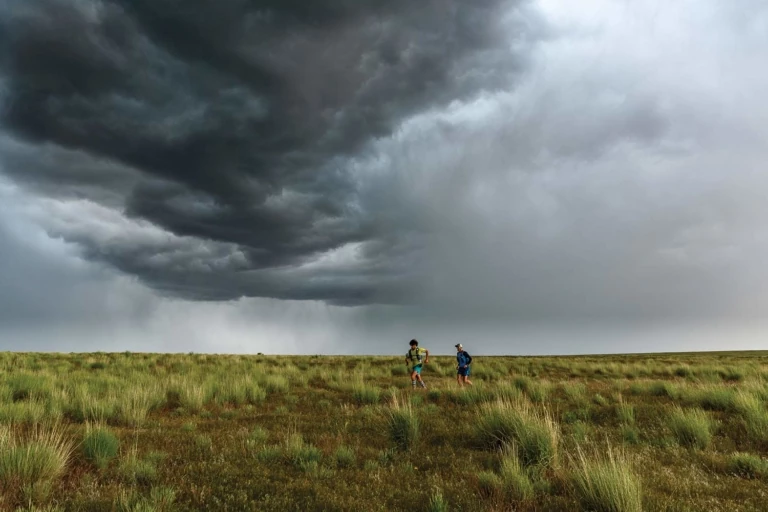
We noted an ominous cloud bank growing in the late afternoon sky. Then, a flash of lightning. At 5 p.m., we met up with the team at Iron Point. We paused to take in the area’s spectacular vistas when the sky unleashed a torrent of wind, rain, thunder, lightning and hail. Photo: Fredrik Marmsater
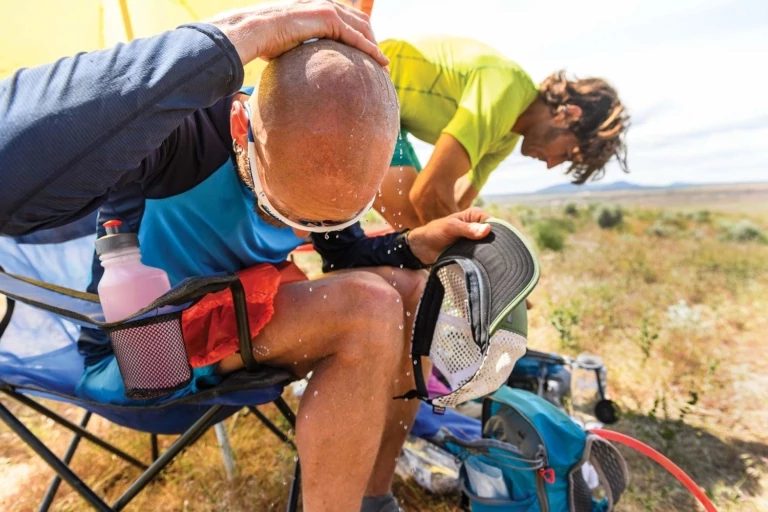
With long sections on the rim without water, in the exposed wilds of the Owyhee, the support crew was paramount in order to cover the technical, mostly off-trail mileage each day. Jesse and I taking time to regroup, cool off and resupply before pressing on to Lambert Rocks and Iron Point. Photo: Fredrik Marmsater
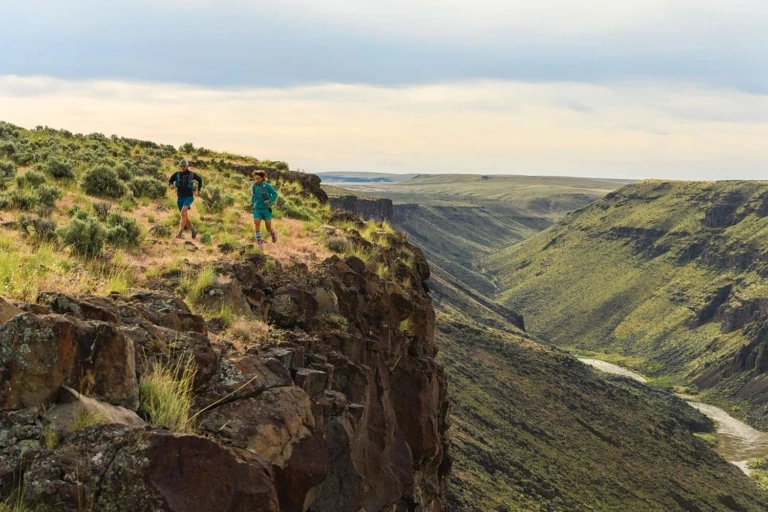
Rejuvenated, Jesse and I took off cross-country to run the ODT along the rim. Side by side, we clipped off at a solid pace. A few clouds shrouded the snow-covered Steens Mountain in the distance as dusk set in. Photo: Fredrik Marmsater
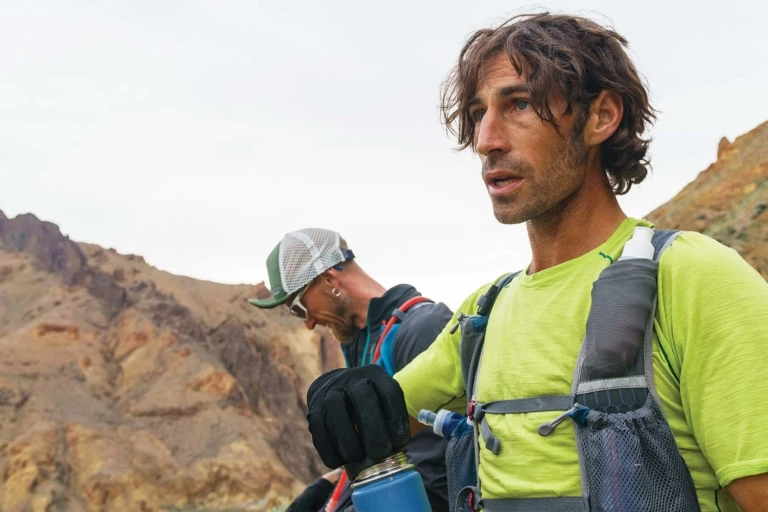
After an all-nighter, complete with rain and an open bivy, we began to think we might actually be able to finish. But as quickly as our spirits set to soaring, they came home to roost just a mile later. We were exhausted and we had to be back in Bend by nightfall. We’d gone 142 miles in 72 hours. Photo: Fredrik Marmsater
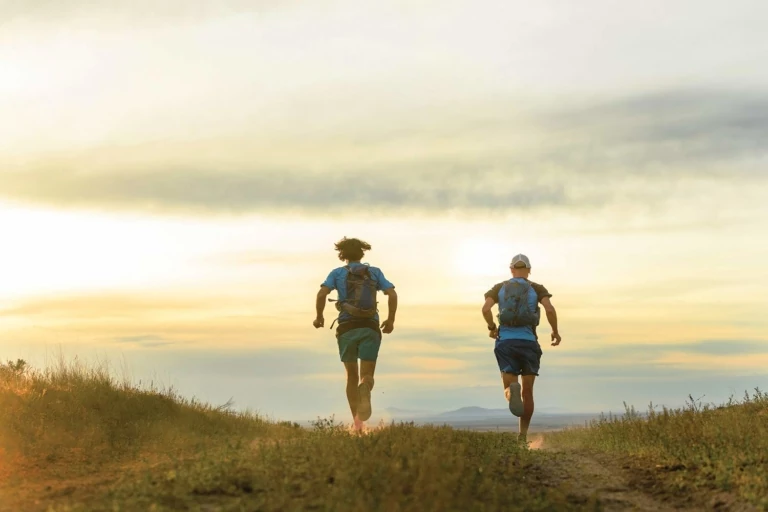
The last day, from Leslie Gulch to the terminus in Lake Owyhee, remains for another time. Photo: Fredrik Marmsater
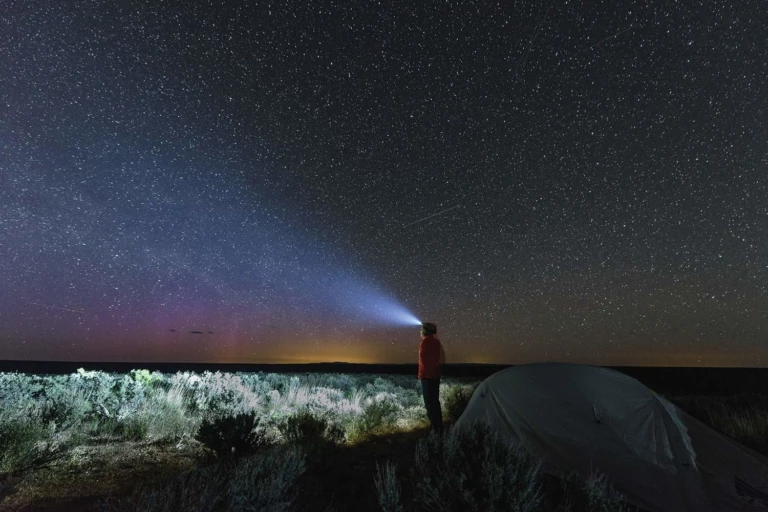
Jesse taking in the last darkness. Photo: Fredrik Marmsater
The last darkness is in danger. With uranium and gold mines already proposed, and approximately 172,000 acres of oil and gas leases filed in Malheur County, Oregon, the future of that darkness is in danger. Enter the Owyhee Coalition Conservation Proposal. It requires an act of Congress, and proposes a 2.5-million-acre national conservation area that would keep the Owyhee wild.
We have developed and industrialized the wild right out of our world. And yet the Owyhee stands. And I say, may it ever be so.
Local and national groups are fighting hard for protection of this incredible place. Go to WildOwyhee.org for an update, and to get involved.
